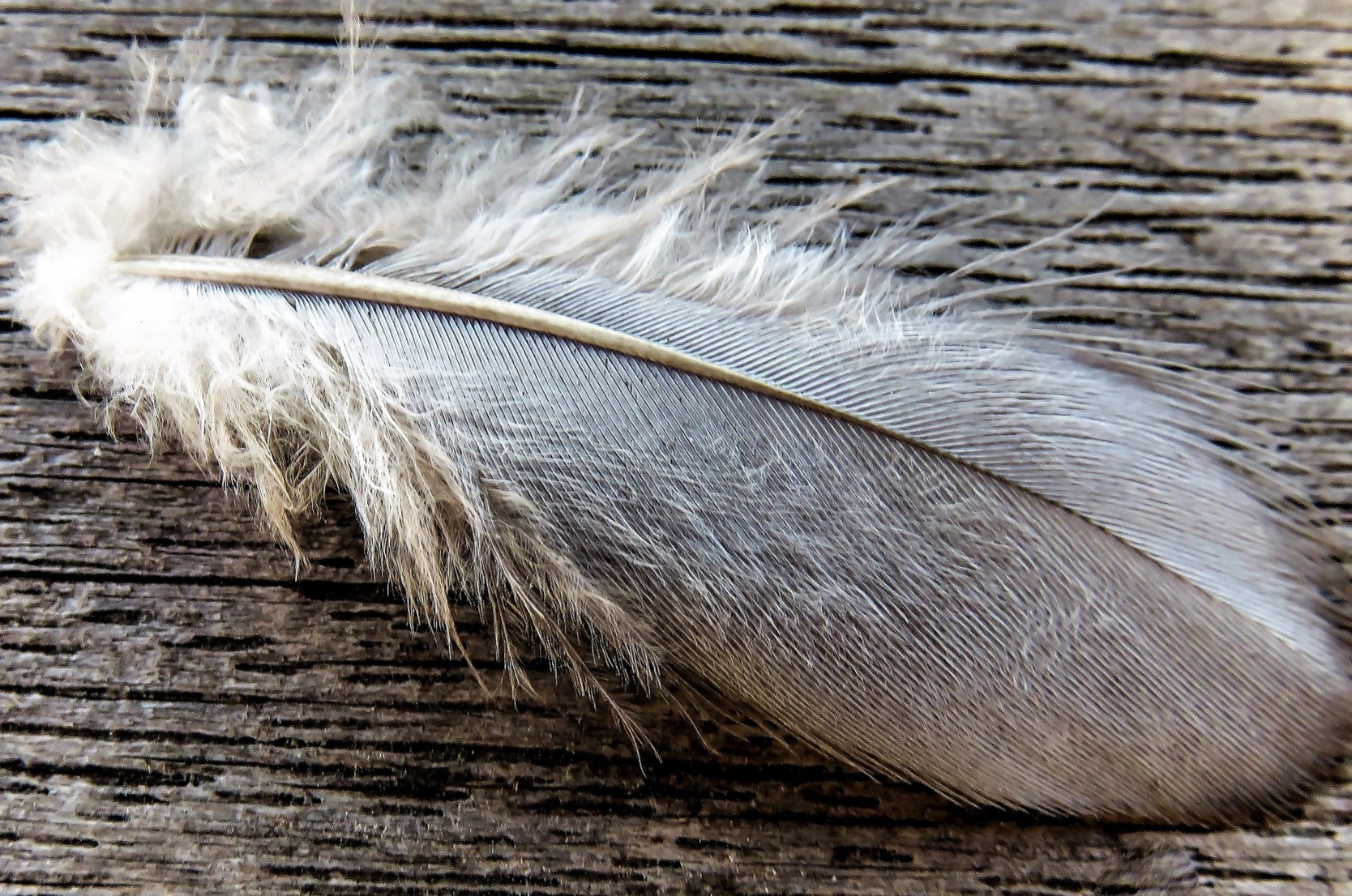As light as a feather
Posted on 2nd January 2021 at 12:09
Pigeon proofing and cleaning in Reading and Wokingham
We do a lot of pigeon proofing and clean up work in towns like Wokingham and Reading as these places have large numbers of feral pigeons living around the town, and these birds can get into lofts and unused rooms through broken tiles and windows that are left open by mistake. After we finished the bird proofing and moved the flock on, more often than not its guano or pigeon poo to give it its less formal name, nest material and the odd dead bird that forms the basis of the mess that we have to clean up.
Pigeon cleaning in Reading
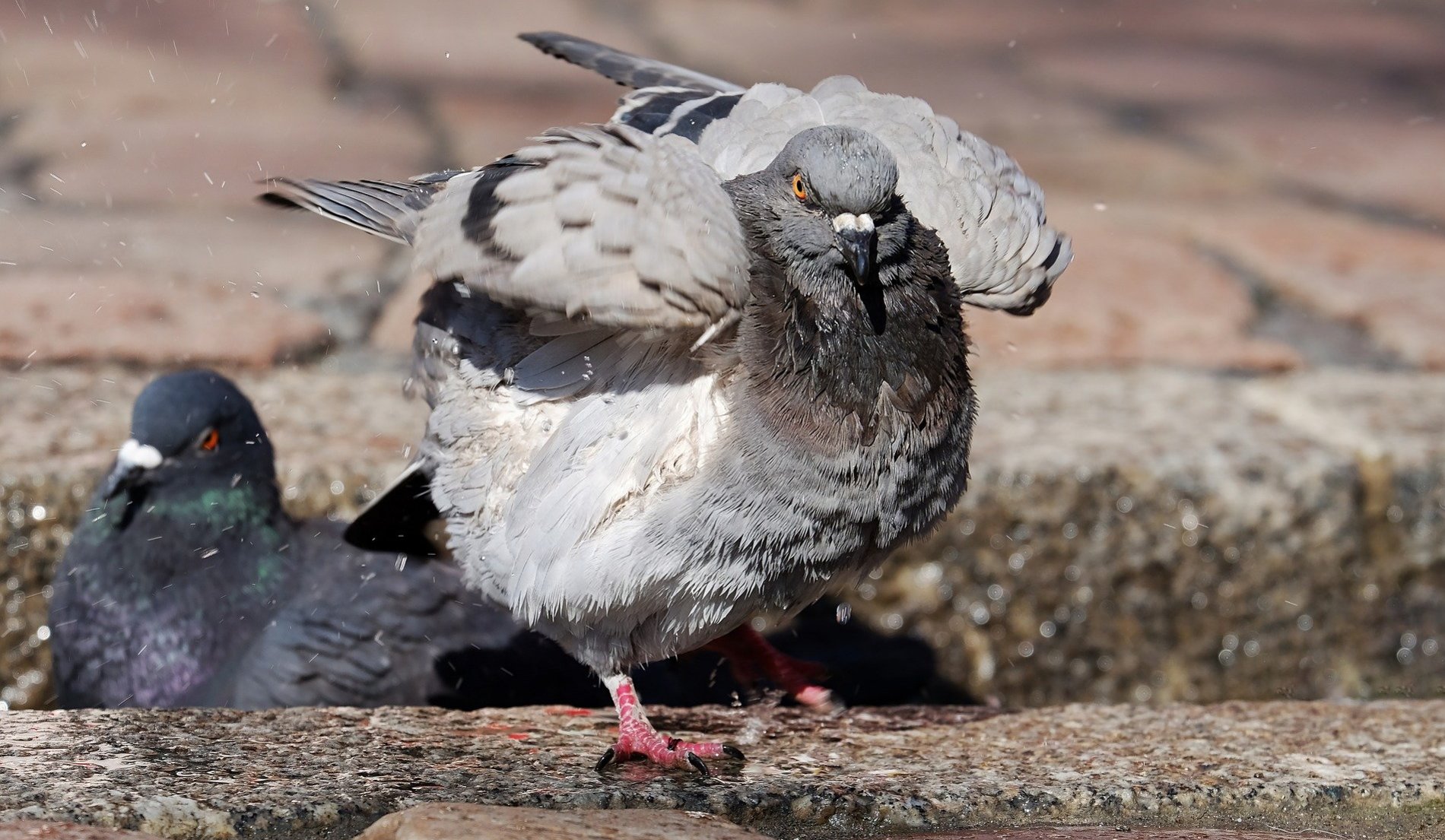
We have recently cleaned up a loft of a house in Reading that was full of all this waste material along with a great deal of feathers; more feathers than I’ve ever seen, and it got me to wondering about feathers, the different types that we find and what their function is.
Feathers are unique to birds, you won’t find them anywhere else in the animal kingdom which is unusual when you consider birds, reptiles and mammals share some of the same characteristics ie: the duckbilled platypus lays eggs and it’s a mammal.
What are feathers made of?
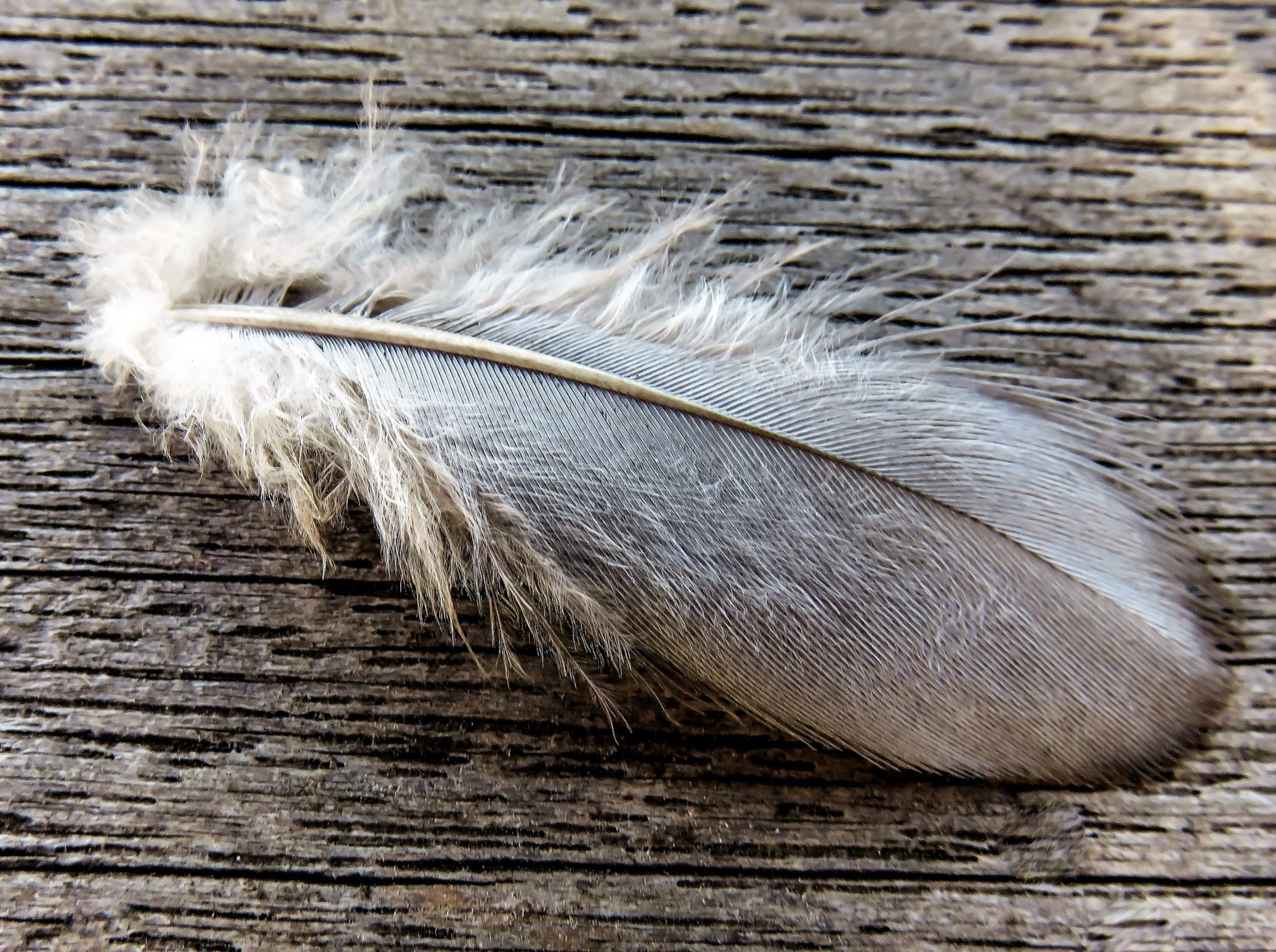
Feathers come in a variety of forms with the different shapes and textures having their own function and they’re all made up of a type of keratin; which is a similar substance to our fingernails and hair. The feathers are made up off the same basic parts, the stem or central rachis is the main part with the sharp hollow point at the base being the calamus. The calamus is the bare shaft that penetrates the bird’s skin, if you think of a feather quill pen this is the part that gets dipped into the inkwell. Branching off from the rachis are the limbs of the feather called barbs, these are like the branches of a tree and rather than having leaves they end in barbules. Barbules are fitted with Velcro like hooks and these all lay together like teeth on a zip to give the feather its shape and purpose whether its waterproofing or for flight.
Link to wikipedia on fingernails
Link to wikipedia to hair
Link to wikipedia on feathers
How many types of feather are there?
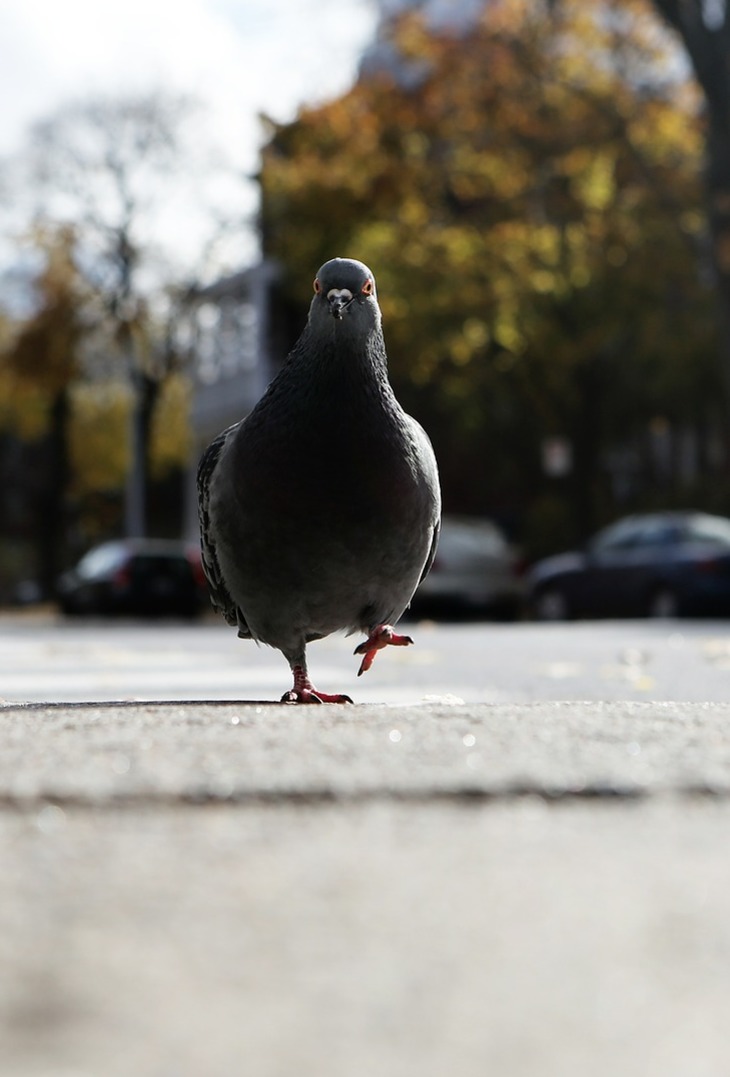
There are seven broad categories of feather and as you’d expect there are the wing feathers and tail feathers which are important for flight; the wing feathers have an interlocking structure that gives the birds lift and rigidity while the tail feathers are there for steering and control when the bird is in flight.
Covering the bird’s body are the contour feathers, these are the smaller smooth feathers, and these are multi-functional, they give the bird a more streamline shape, help to keep the animal warm whilst shedding water at the same time. As one of the functions of contour feathers is to keep the birds dry and warm, so towards the base of the feather the barbules are fluffy; these outer part of the feathers overlap like the tiles on a roof.
Under the contour feathers lies the insulating layer called semiplumes, the barbules have no hooks so they create a fluffy structure that keeps the birds warm by trapping air inside, these are seasonal and just like dogs and cats the birds will shed these after winter.
Birds from colder climates have feathers called down and these are a smaller version of the semiplume where the rachis is missing; the calamus leads straight to barbules and these feathers are used in padding for coats and bedding as they are prized for their insulating properties.
Lastly there are two other feathers; the filoplume and the bristle that are found on the birds head, the filoplume acts like a whisker allowing the bird to sense the position of the contour feathers and the bristle sits on the head protecting the eyes and face.
For more information on feathers and feather development click this link
Why do birds shed their feathers?
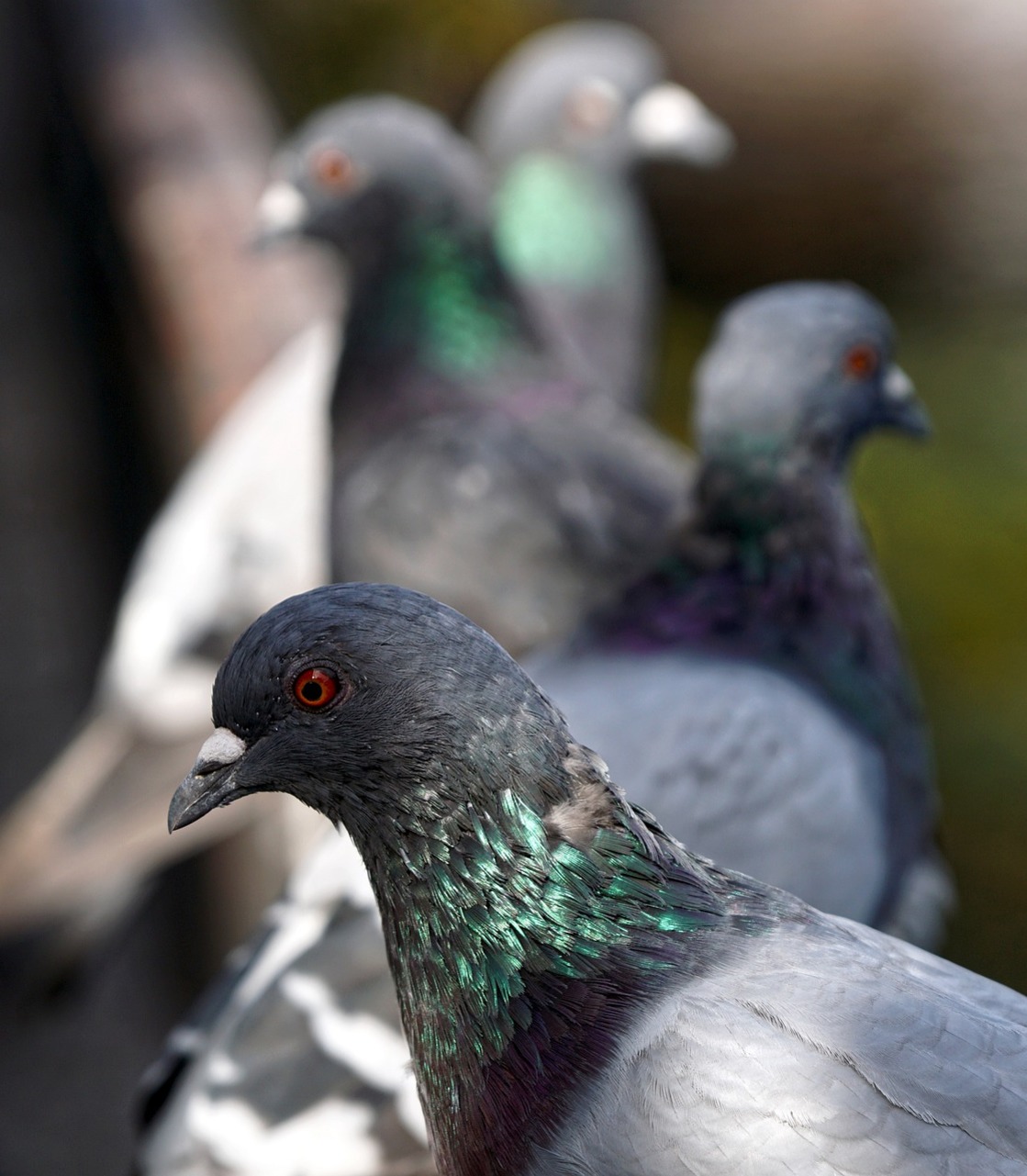
We always find lots of feathers where pigeons have been roosting and it makes sense that such an important structure has to be maintained with any damaged feathers pulled out to regrow. The feather is just like human hair in that the structure is dead, feather growth comes at the base where the part that’s visible has no ability to repair itself. Birds do have a process called the moult where they shed all their feathers en masse, this occurs once a year with individual feathers being replaced as required after that.
Another cause of feather shed are mites and lice, birds have a type of mite that lives on the skin around the feather calamus and these cause irritation along with anemia in heavy infestations, and for young fledglings these infestations can prove fatal. We always find numbers of dead birds in pigeon roosts and this will be one of the reasons why.
Pigeons also carry another form of parasite, ticks, and they are capable of carrying the deer tick which are responsible for the cause of Lyme disease in humans. Lyme disease is a serious bacterial infection which can cause long term health problems.
Information on Lyme Disease
Pigeon clean up and bird proofing in Reading and Wokingham from a local company
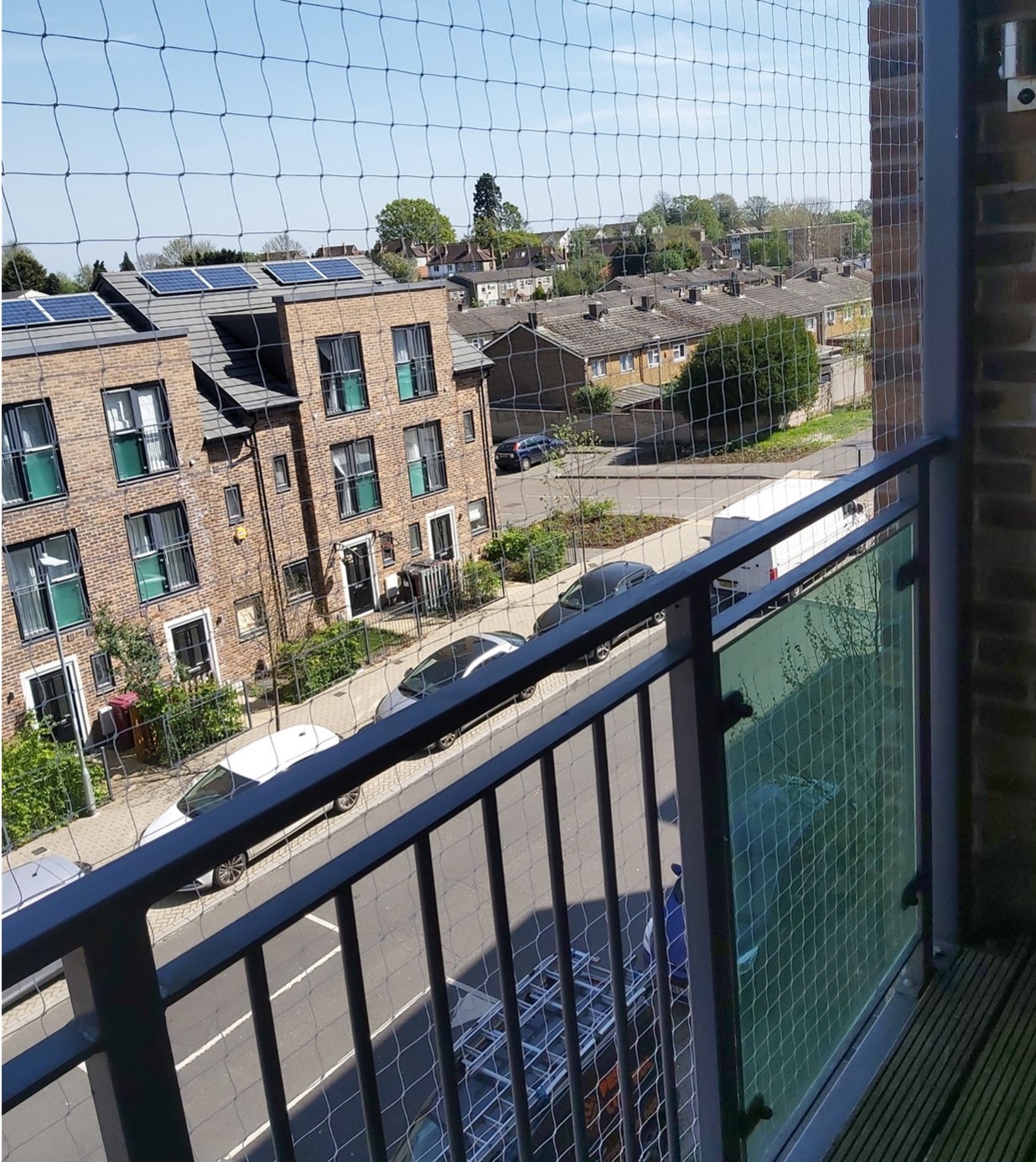
Each feral pigeon carries around 10,000 feathers so its not surprising that we see lots of these when carrying out a bird cleanup, we carry out a variety of pigeon proofing tasks from installing netting over roof top air conditioning and across balconies on flats in Reading to voiding off the area beneath solar panels.
If you have a business or just a domestic setting where you need bird control then give us a call, we have over 18 years’ experience in providing bird control solutions and we are highly experienced and trained to the Royal Society of Public Health standards in pest control. We are qualified in working at height and IPAF certificated to safely use hydraulic access equipment which we hire out for hard to access work.
Need pigeon proofing? Just call us for a free no obligation quote and we can give you a plan for how we can rid you of your bird problem and get your property, clean and risk free.
More information on our pigeon control and cleaning service is avaialble from our website:
Tagged as: Bird control, Pigeon control
Share this post:





